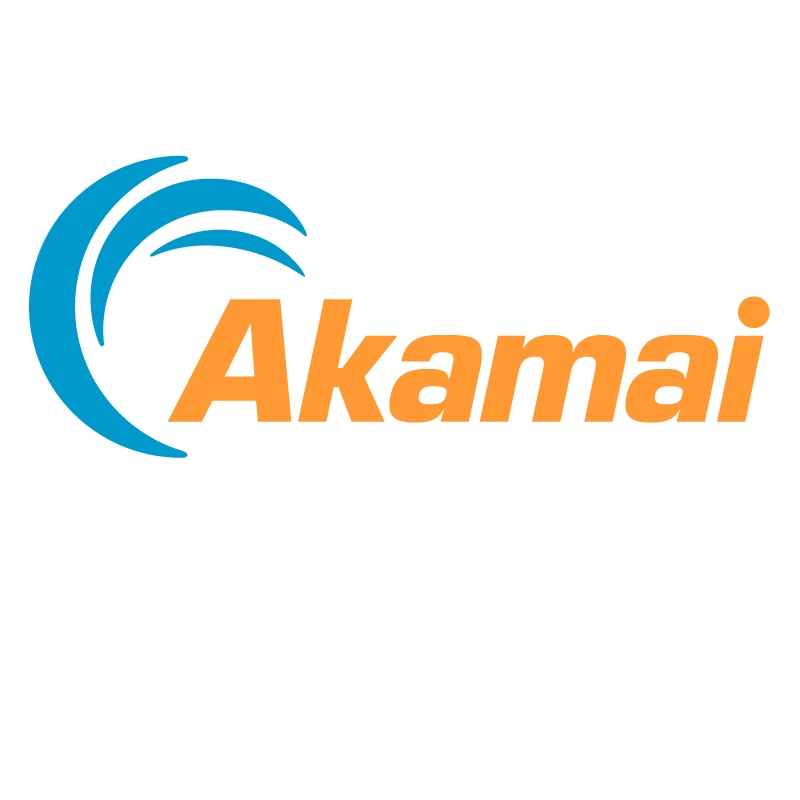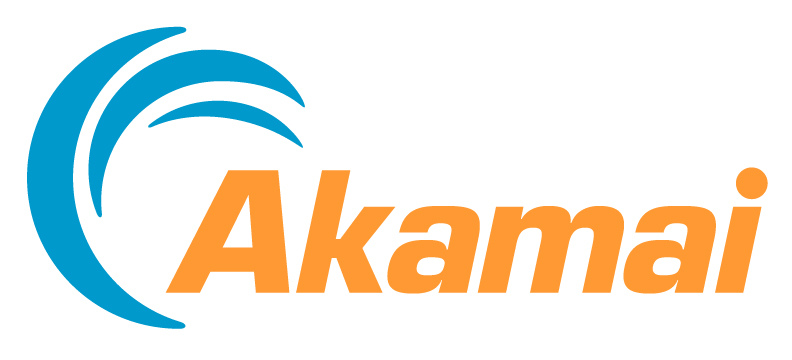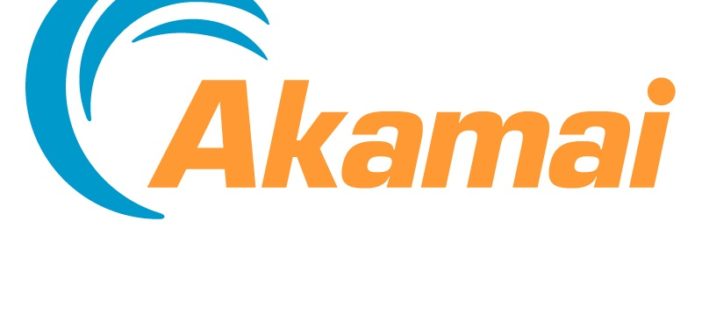
DDoS Attacks Remain Steady, Though Increased Scanning From the Mirai Botnet Might Foreshadow Explosive Growth
 Newly released data that analysed more than 7.3 trillion bot requests per month found a sharp increase in the threat of credential abuse, with more than 40 percent of login attempts being malicious, according to the Fourth Quarter, 2017 State of the Internet / Security Report released by Akamai Technologies. According to the Ponemon Institute, credential stuffing attacks can cost businesses as much as $2.7 million on an annual basis. In addition, Akamai’s data further indicates that DDoS attacks remain a consistent threat and the Mirai botnet is still capable of strong bursts of activity.
Newly released data that analysed more than 7.3 trillion bot requests per month found a sharp increase in the threat of credential abuse, with more than 40 percent of login attempts being malicious, according to the Fourth Quarter, 2017 State of the Internet / Security Report released by Akamai Technologies. According to the Ponemon Institute, credential stuffing attacks can cost businesses as much as $2.7 million on an annual basis. In addition, Akamai’s data further indicates that DDoS attacks remain a consistent threat and the Mirai botnet is still capable of strong bursts of activity.
Akamai researchers have seen recent hacker activity turning to exploit remote code execution vulnerabilities in enterprise-level software to make enterprise systems part of the botnet threat. For example, hackers have been exploiting vulnerabilities in the GoAhead embedded HTTP server—which has 700,000 potential targets—and Oracle WebLogic Server. Aided by the disclosure of Spectre and Meltdown earlier this year, both vulnerabilities open the door to a new wave of attacks, including the surreptitious installation of crypto mining programs that tie up computing resources.
“A key motive of attackers has always been financial profit. In the past few years, we have seen adversaries move to more direct methods to achieve that goal such as ransomware,” said Martin McKeay, senior security advocate and senior editor, State of the Internet / Security Report. “Crypto mining offers attackers the most direct avenue to monetise efforts by putting money immediately into their cryptowallets.”
Akamai’s findings also confirmed that the total number of DDoS attacks last quarter (Q4 2017) increased 14 percent from the same time last year (Q4 2016). While previous reports from this year showed the intensity of the Mirai botnet fading, Akamai saw a spike of nearly 1 million unique IP addresses from the botnet scanning the Internet in late November, showing that it is still capable of explosive growth.
By the Numbers:
Other highlights from Akamai’s Fourth Quarter, 2017 State of the Internet / Security Report include:
- The hospitality industry suffered as the biggest target of fraudulent credential attacks, with 82 percent of their login attempts being from malicious botnets.
- The financial industry saw a sharp increase in the number of DDoS attacks, experiencing 298 DDoS attacks against 37 distinct organisations last quarter.
- Application layer DDoS attacks such as GET, PUSH and POST floods increased in volume in Q4 by 115 percent since Q3.
- There was a 31 percent increase in DDoS attacks sourcing from the U.S. last quarter (Q4 2017) compared to the same timeframe last year (Q4 2016).
- Akamai saw 146 Petabytes of traffic in November and 145 Petabytes in December of bot traffic alone, which translates to approximately 550 Mbps.
- Akamai mitigated 4,364 attack events on the routed platform in the fourth quarter of 2017. In total, Akamai experienced 15,965 attack events throughout 2017.
Bot Activity Drives Rising Threat of Credential Stuffing
On a typical day, Akamai monitors more than 2,750 bot requests per second, which accounts for more than 30 percent of all pure web traffic (excluding video streaming) across its platform. While much of that bot activity is legitimate, cybercriminals are increasingly leveraging bot activity for malicious use. For example, many of the botnets traditionally responsible for DDoS attacks are being used to abuse stolen login credentials. Of the 17 billion login requests tracked through the Akamai platform in November and December, almost half (43 percent) were used for credential abuse.
“Increased automation and data mining have caused a massive flood of bot traffic to impact websites and Internet services. Although most of that traffic is useful for Internet businesses, cybercriminals are looking to manipulate the powerful volume of bots for nefarious gains,” said McKeay. “Enterprises need to watch who is accessing their sites to differentiate actual humans from both legitimate and malicious bots. Not all web traffic and not all bots are created equal.”
A complimentary copy of the Q4 2017 State of the Internet / Security Report is available for download at akamai.com/stateoftheinternet-security. Learn more about the cost of credential stuffing by registering for a webinar with Dr. Larry Ponemon, founder of Ponemon Institute, on Wednesday, February 28, 2018.
Methodology
The Akamai Fourth Quarter, 2017 State of the Internet / Security Report combines attack data from across Akamai’s global infrastructure and represents the research of a diverse set of teams throughout the company. The report provides analysis of the current cloud security and threat landscape, as well as insight into attack trends using data gathered from the Akamai Intelligent Platform. The contributors to the State of the Internet / Security Report include security professionals from across Akamai, including the Security Intelligence Response Team (SIRT), the Threat Research Unit, Information Security, and the Custom Analytics group.
About Akamai
As the world’s largest and most trusted cloud delivery platform, Akamai makes it easier for its customers to provide the best and most secure digital experiences on any device, anytime, anywhere. Akamai’s massively distributed platform is unparalleled in scale with over 200,000 servers across 130 countries, giving customers superior performance and threat protection. Akamai’s portfolio of web and mobile performance, cloud security, enterprise access, and video delivery solutions are supported by exceptional customer service and 24/7 monitoring. To learn why the top financial institutions, e-commerce leaders, media & entertainment providers, and government organisations trust Akamai please visit www.akamai.com, blogs.akamai.com, or @Akamai on Twitter.






